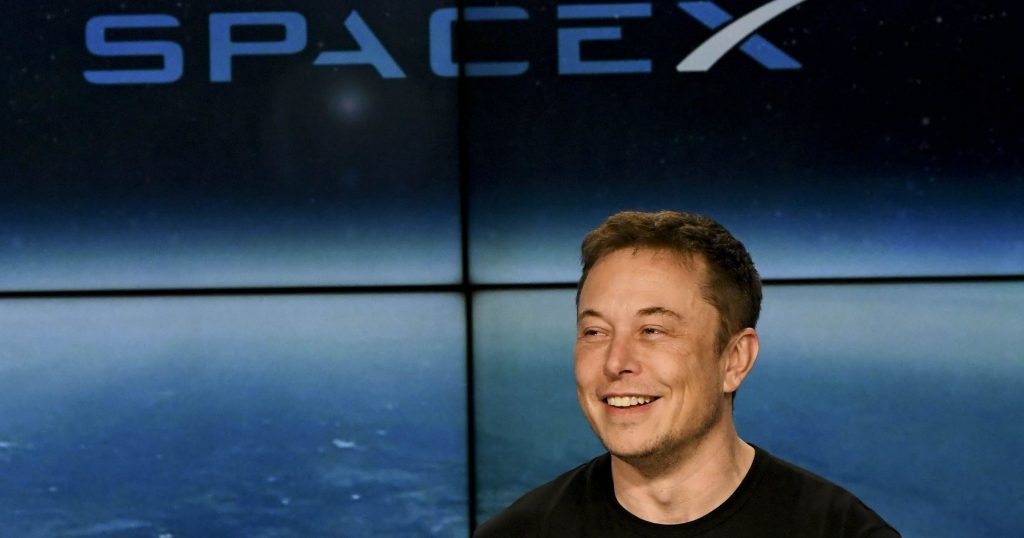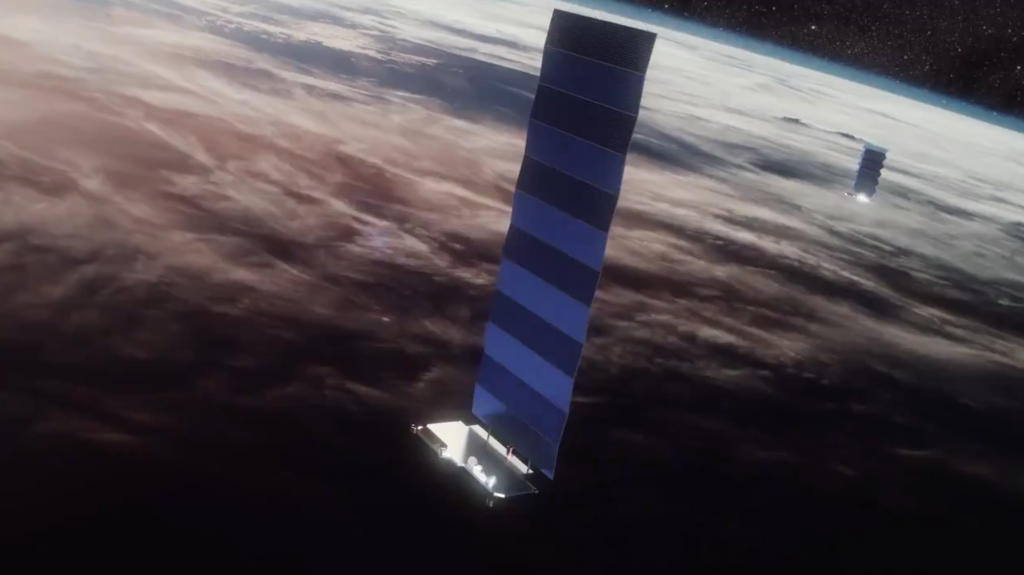Elon Musk is a man of many goals. Make the most performant, desirable and pervasive fleet of electric cars ever? Check. Save Australian Citizens over $116 Million in electricity costs over 2 years with the world’s biggest battery? You bet! Deliver 4 astronauts to the International Space Station, oh hell yeah! Clearly a man with ambition and the brains to back it up. So what would a man in his position take on in his latest challenge to better the world? Bridging the digital divide by revolutionising Satellite Internet.

SpaceX’s hugely promising LEO based Internet service has been hit with rave acclaim from remote and rural internet users, who’ll be all too happy to hear that the limited Beta has been widened in scope. The service is in it’s initial offering phase, offered to users in the UK, USA and Canada so far, with Mexico reportedly going live for pre-registration today. Musk teased that once predictable cash flow can be established, Starlink will IPO. Prospective customers can enter in their address on starlink.com to pre-register, with a possible 6-month lead time depending on the users location. So why is Starlink getting so much attention when we have Satellite Internet already? Well let me tell you…

The rapid standing up of SpaceX’s Starlink LEO Satellite network has impressed. As of October 2020 a constellation of 820 Satellites strong have been orbiting over our heads after a mere 11 months. SpaceX is running a “Better than Nothing” Beta service for $99p/m with no Data Cap and variable speeds and latency, with expected service interruptions as the network gets built up, but users have been blown away by the performance even in this incomplete state, getting between 50-150mbit down with around 25ms of latency, absolutely insane performance for anyone familiar with satellite link of old. When fully build up, speeds up to 1Gbit and 19ms ping have been told to be possible, truly next generation internet access.

Satellite services such as HughesNet or ViaSat have so far relied on Medium Earth or Geosynchronous Orbit based Satellites that operate at well over 10,000KM from Earth. Low Earth Orbit (LEO for short) satellites such as Starlink by comparison operate at a mere fraction of this, an average of 550km. This means vastly improved latency, speed, signal integrity and robustness of connection. At the moment the network is incomplete so some drop-outs are expected, but when fully fledged out Starlink posits to bring stellar service to anywhere. Since the Satellites operate in LEO, they fly faster and hence more are needed but they’re cheaper and smaller to produce, bit like 5G Microcells vs Full Sized 4G Towers. This distribution of load across multiple satellites combined with shorter distance enables markedly faster performance than previously achievable with older MEO/GEO based Satellite technology.

With GEO satellites, rural and remote users who had no DSL/Cable or Cellular signal are often forking out $150+ for 10-30mbit service with paltry 30GB Data caps and horrific 500-700ms-+ latencies on traditional GEO Satellite Services, rendering online games, Video Calls or anything requiring real time responsiveness impossible if not infuriating. Starlink by comparison right now with an incomplete network is netting speeds 10x faster with latencies around 30x lower with no Data Cap, it’s an absolute revolution for those living in areas underserved by traditional terrestrial networks and will finally narrow the digital divide.

This is about bringing the next 1 Billion people onto the internet. Those in the remote Northwest Territories in Canada, or the Internet Deserts of the Amazon Rainforest. The remotest of schools in Kenya and the depths of Siberia. Musk expects there to be near-global coverage of the populated world by the end of 2021. As the pandemic has shown, our reliance on the internet is such that it has become as critical a utility as electricity, heating and potable water. Canada’s Telecoms Regulator (known as the CRTC) even has gone so far as to label Internet Services as a “Basic Utility”. There’s no understating the criticality of internet in the 21st Century.

Education, commerce, entertainment, people’s very livelihoods and jobs are underpinned by our planet’s vast communications networks that allow us to live in the modern world. For a large proportion of the world, that access is either extremely expensive, horrendously slow or not at all available, not at any cost. Services like Starlink have the power to change the world in ways we haven’t seen since the inception of the internet itself by Sir Tim Berners-Lee in 1989.

This is about getting all those underserved people online and part of the modern communications world, bringing connectivity not formerly economically feasible by traditional technologies. Ultimately easier, faster, better and more pervasive access to the internet will democratise what is a critical resource and enable the next generation of internet users to thrive in the connected cities, towns, hamlets and villages of the future, and potentially change the world.

I’ve been seeing some adverts on YouTube recently. “If you can work remotely, why work anywhere else?” referencing Dubai and it’s positioning as a future remote work hub. It raises a great point. If you can work from anywhere, why not work anywhere? Right now internet access is the limitation, but what if in 2 or 3 years you could work the same in Lukla, Nepal nestled in the Himalayas as you could in Sir John Rogerson’s Quay in Dublin? We have congested cities and sparsely populated rural areas. Starlink and other LEO satellite internet services like it have the power to revolutionise how we work, where we live, give us options. Possibilities. The Internet has it’s problems sure, but has great potential to bring empowerment and betterment to the world.
